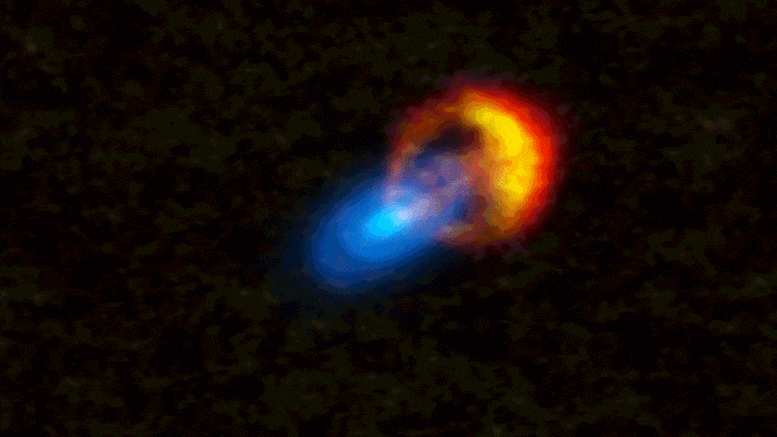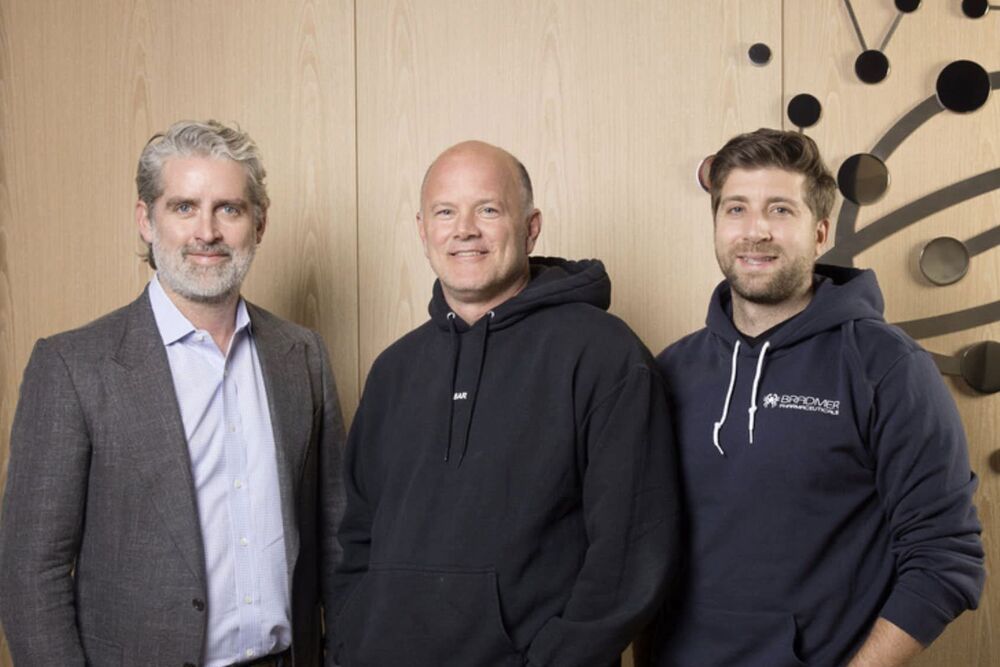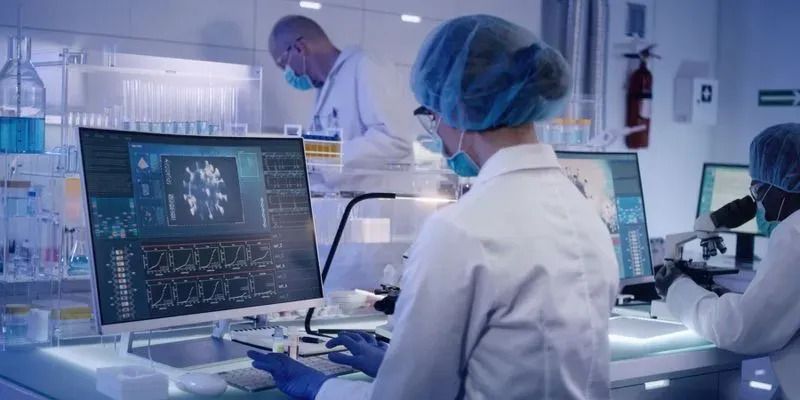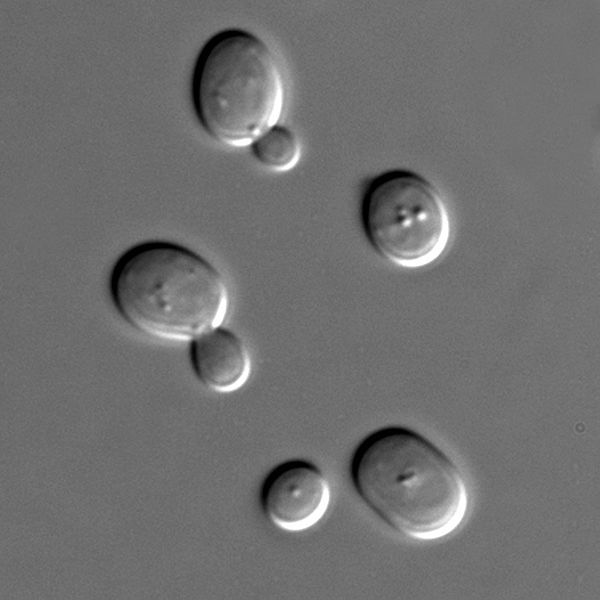Jun 18, 2021
This Is the First Fusion Power Plant to Generate Net Electricity
Posted by Quinn Sena in categories: military, nuclear energy
Here’s the secret to the self-sustaining tokamak concept.
Could the future of nuclear fusion be a much smaller, self-sustaining tokamak reactor? Researchers at the General Atomics DIII-D National Fusion Facility, the largest nuclear fusion research facility in the U.S., think so. The secret is the pressurized plasma.
The scientists from DIII-D have designed a full “compact nuclear fusion plant” concept and detailed the plans in a new paper in Nuclear Fusion. In simulations, their 8-meter-wide pressurized plasma fusion concept is powerful enough to generate 200 megawatts (MW) of net electricity after the energy cost of the fusion itself.
Continue reading “This Is the First Fusion Power Plant to Generate Net Electricity” »


















